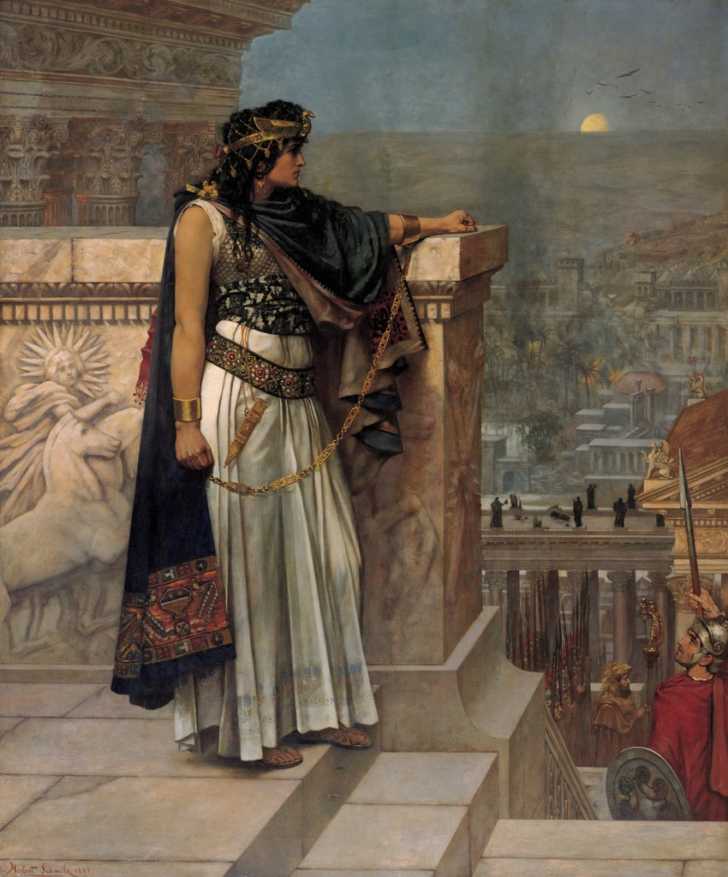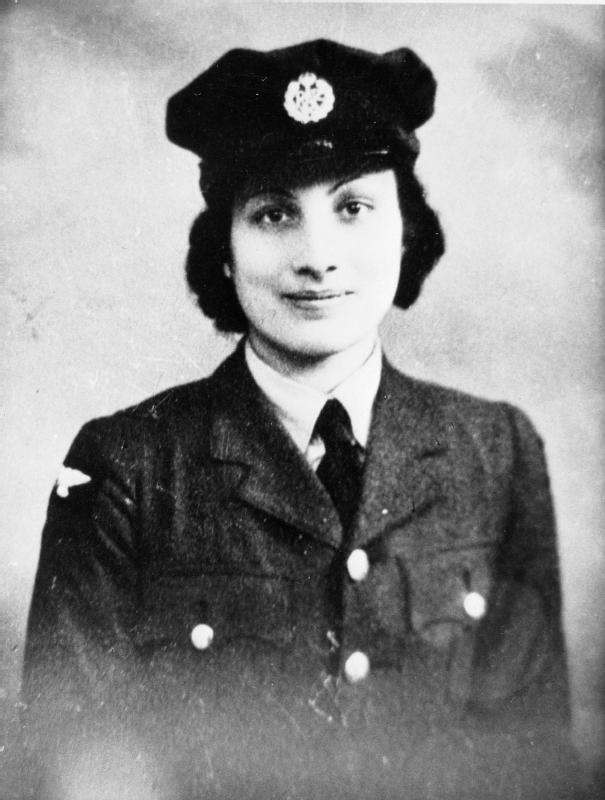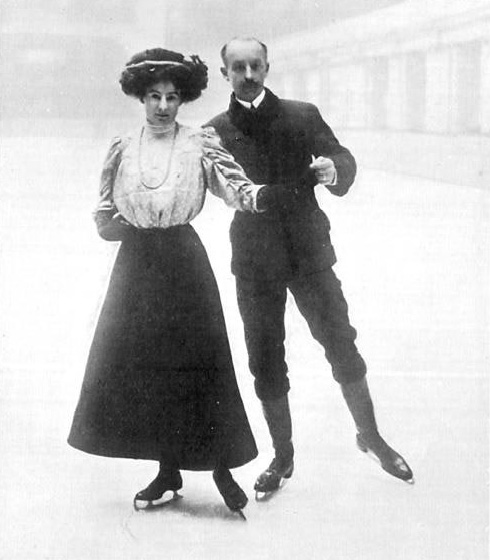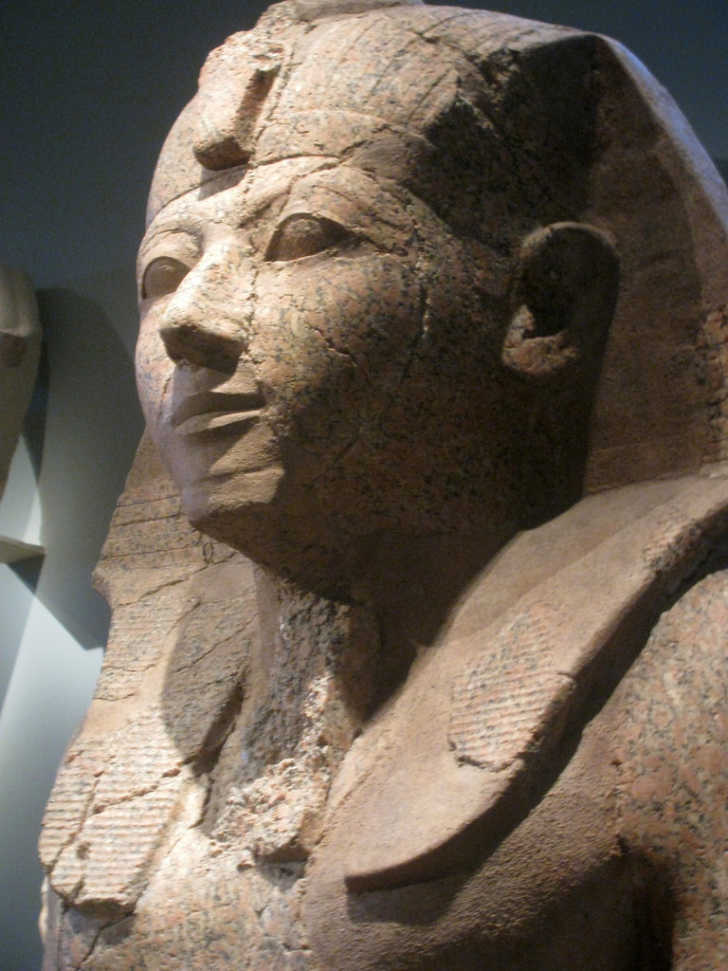10 Influential Women You Didn’t Learn About In School
Have you ever heard of any of these women? They are amazing!
Everyone sees the world through their own lens. For a majority of the history books circulating schools, the lens is one that highlights a lot of strong men and their accomplishments. That’s not to say we didn’t learn about women at all in school – Harriet Tubman, Eleanor Roosevelt, and Emily Dickinson, to name a few. That’s also not to downplay the many accomplishments and advancements men participated in throughout history. However, a lot of what we learned in school focused more on men than women. We’re here to reveal another fascinating side of history full of strong and innovative women leaders throughout time! So sit back and get ready to learn about this awesome women!
Margaret Hamilton, Scientist Who Took Us To The Moon

Margaret was the Director of the Software Engineering Division at the MIT Laboratory, which developed the on-board flight software for the Apollo space program. In fact, she coined the term, “software engineering.” When asked about the subject in an interview, Margaret said, “Software during the early days was not taken as seriously as other engineering disciplines. I fought to bring it legitimacy. I began to use the term, ‘software engineering.’ When I first used it, others found it quite amusing. It was an ongoing joke. They liked to tease me about my radical ideas.” It goes without question that we wouldn’t have landed on the moon without the “radical ideas” Margaret Hamilton implemented!
Zenobia, Queen of the East

Zenobia was the queen of the Palmyrene Empire in Syria in the 3rd century. She spoke many languages, wrote a book chronicling thousands of years of Asian history, and was an important diplomat in Syria. Not only was Zenobia smart, but she was also ruthless and courageous. She spear-hunted bears and lions on horseback. After her husband was murdered, she declared herself the Queen of the East and invaded Egypt. She fixed the economy, built strong alliances with Arabia, and defeated the Roman army when they came to attack.
Noor Inayat Khan, British Secret Agent & Fighter Of Nazis

Noor Inayat Khan was a British secret agent during WWII, stationed in Nazi-controlled Paris. She knew going in that people who took that job only lasted about 6 weeks before getting killed. Noor lasted 5 months before getting captured by the Nazis. However, she fought the Nazi interrogation so much so that they became scared of her and labeled her a dangerous prisoner. She never gave up any information, and her last word before death was, “liberté.”
Madge Syers, The First Female British Figure Skater

Madge Syers was a pioneering figure in the world of skating. In fact, she totally changed the sport. Back in 1902, she competed in the world championship, which was an all-male event at the time. She won the silver medal. That year, the International Skating Union officially voted in favor of barring women from figure skating. Marge flew in the face of the ruling and entered other competitions. She competed in the British championship the next year and won first place. In 1905, the ISU reversed their ruling, finally allowing women to officially compete.
Queen Hatshepsut, Pharoah of Egypt

We all learned about Cleopatra, but Hatshepsut was paving the way for female pharoahs 14 centuries earlier. Hatshepsut was only the third female Pharoah Egypt ever had, and she was the first one to attain the full title and power of the position. After her husband died around 1476 B.C., she acted as regent for her infant stepson. However, in 1473 B.C. she took on the full powers of a pharaoh, thus becoming the ruler of Egypt. Her grab for power was highly controversial so in her fight to legitimize her rule, Hatshepsut secured the support of important influential political and religious leaders. As the ruler, she extended trade and ushered in an era of peace for Egypt. She also took on ambitious building projects such as the Temple of Deir el-Bahri in western Thebes. After her death in 1458 B.C., her stepson, Thutmose III, ruled for 30 years. In an attempt to erase the gap in the dynasty of male pharaohs and to cover up the legacy of an influential female leader, Thutmose III had almost all evidence of Hatshepsut eradicated. He made almost all of her images to look more like a man and he tore down a majority of her buildings. It was only in 1822 that scholars learned of Hatshepsut’s existence when they were able to decode and read the hieroglyphics on the walls of Deir el-Bahri.
SKM: below-content placeholderWhizzco for DOT

